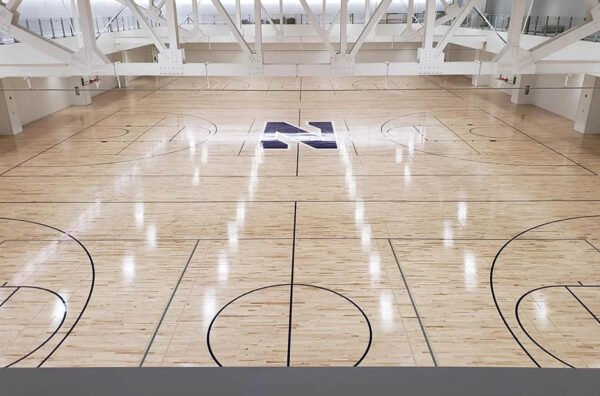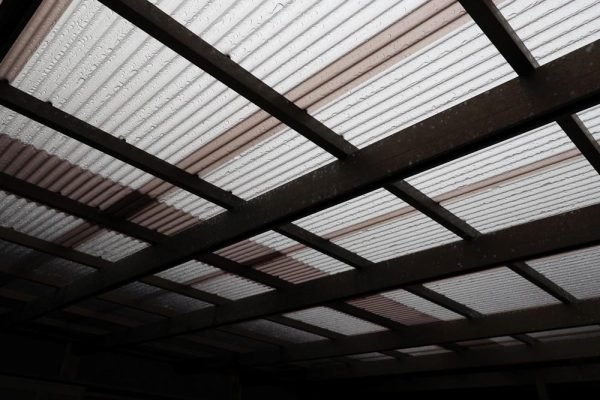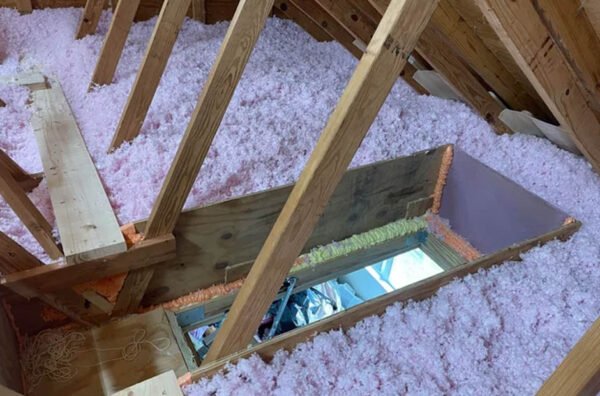In today’s rapidly urbanising world, the demand for sustainable building practices is at an all-time high. As cities expand, skyscrapers dominate the skyline, and commercial spaces multiply, architects and developers are seeking innovative ways to make their buildings more eco-friendly. One such innovation that has gained traction in recent years is sustainable commercial glazing. In this blog, we will explore the eco-friendly advancements in commercial glazing and their role in shaping sustainable skylines.
Table of Contents
The Importance of Sustainable Building Practices
Before delving into the specifics of commercial glazing, let’s briefly touch upon why sustainable building practices are crucial. The world is facing environmental challenges like climate change and resource depletion, and buildings are major contributors to these issues. Sustainable construction methods not only help reduce the environmental footprint but also offer long-term economic benefits through energy efficiency and lower operational costs.
Commercial Glazing: A Key Element in Sustainable Design
Commercial glazing refers to the use of glass in commercial buildings, including windows, curtain walls, and skylights. It plays a pivotal role in sustainable building design due to its impact on energy efficiency, indoor comfort, and aesthetics. Recent advancements in commercial glazing have significantly improved its eco-friendliness.
High-Performance Low-E Coatings
One of the most important developments in commercial glazing is the use of high-performance Low-E (low emissivity) coatings. These coatings are applied to glass surfaces to reduce heat transfer, keeping interiors cooler in summer and warmer in winter. This helps minimize the need for artificial heating and cooling, thereby lowering energy consumption and greenhouse gas emissions.
Smart Glass Technology
Smart glass, also known as switchable glass or electrochromic glass, is another exciting advancement in commercial glazing. It can change its transparency in response to external factors such as sunlight or temperature. By automatically adjusting to optimize natural light and heat gain, smart glass reduces the need for artificial lighting and air conditioning, contributing to energy savings and improved comfort.
Triple and Quadruple Glazing
Triple and quadruple glazing involve multiple layers of glass with insulating gas-filled gaps between them. This design enhances the thermal performance of windows, reducing heat loss and noise infiltration. While triple and quadruple glazing are more common in residential buildings, they are gaining popularity in commercial structures seeking improved energy efficiency.
Photovoltaic Glazing
Photovoltaic glazing, also known as solar glass or solar windows, incorporates solar cells into the glass panels. These cells convert sunlight into electricity, which can be used to power the building or be fed back into the grid. Photovoltaic glazing not only generates clean energy but also provides shading and thermal insulation, making it an attractive option for sustainable commercial buildings.
Bird-Friendly Glazing
Sustainability encompasses not only energy efficiency but also biodiversity conservation. Bird-friendly glazing is designed to prevent bird collisions by making the glass visible to birds through patterns or coatings that are nearly invisible to humans. This innovation helps protect local bird populations and aligns with sustainable building practices.
Recycled and Low-Impact Materials
Sustainable glazing isn’t just about the glass itself but also the materials used in its frames and installation. Many manufacturers now offer frames made from recycled materials, reducing the environmental impact of production. Additionally, low-VOC (volatile organic compound) adhesives and sealants are used to minimize indoor air pollution during installation.
Integrated Building Management Systems
To maximize the benefits of sustainable commercial glazing, it’s essential to integrate it into the building’s overall management system. Advanced building management systems can control lighting, shading, and HVAC systems in response to real-time data from sensors and weather forecasts. This level of automation ensures optimal energy use and occupant comfort.
As our cities continue to grow, sustainable building practices become increasingly important. Commercial glazing has evolved significantly, offering innovative solutions to enhance energy efficiency, occupant comfort, and ecological conservation in commercial buildings. These eco-friendly advancements in commercial glazing are driving the transformation of our skylines, helping create a more sustainable and environmentally responsible urban environment for generations to come. By adopting these technologies and practices, architects, developers, and building owners can play a vital role in shaping a greener future.





